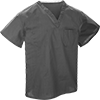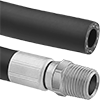Filter by
Material
Seal Material
ID
Color
Shape
OD
Mount Type
Performance
DFARS Specialty Metals
Finish
Adhesive Type
Coating Material
Handle Material
Sleeve Material
Insulation Material
Side Cover Material
Building and Machinery Hardware
Electrical
Safety Equipment
Heating, Ventilation, and Air Conditioning
Fluid Handling
Sealing
Containers, Storage, and Furniture
Fabricating and Machining
Fastening and Joining
Material Handling
Facility and Grounds Maintenance
Raw Materials
Lubricating
Lighting



































































































































